MONMOUTH — Henry Dearborn wasn’t the first settler to sail up the Kennebec River or make the 14-mile trek west, through bogs, forest and black flies, to what’s now Monmouth — a town recognized for its farms, factories and lakeside cottages, as well as a theater that has a passing resemblance to a castle.
But of the people from away who eventually planted roots in Monmouth, Dearborn remains among the highest-profile. He fought in the Revolutionary War, survived several harrowing conflicts and served as secretary of war under Thomas Jefferson, among other distinguished roles.
On the afternoon of July 8, the town plans to celebrate its 225th anniversary with several events, including a parade, a party at the town beach, a fireworks show, theatrical productions at Cumston Hall and tours of several downtown institutions, including the United Church of Monmouth and the Monmouth Museum.
There’s no official emcee for the celebration, but Dearborn himself will be a distinguished guest, albeit on a coffee mug that was designed by the Monmouth Museum and features his likeness.
Besides serving as drinking vessels, the mugs will be a small nod the man whose legendary travails in the Revolutionary War gave the town its current name.
Among other wartime feats, Dearborn raised a militia and marched to the Battle of Lexington within hours of hearing about it, according to various accounts compiled by Nancy Ludewig in a recent newsletter for the Monmouth Museum. He was just 24 at the time.
Later in 1775, Dearborn made a grueling trek to attack British forces in Quebec, a journey that killed 500 of his fellow soldiers and led to Dearborn being held captive for a whole year.
“We were small indeed to think of entering a place like Quebec,” Dearborn wrote in a journal. “But being now almost out of provisions we were sure to die if we attempted to return back and we could be in no worse situation if we proceeded on our route.”
In the summer of 1778, Dearborn — by then a lieutenant colonel — fought alongside George Washington in the Battle of Monmouth, in Monmouth County, New Jersey. The battle happened on a 100-degree day, eventually causing George Washington’s horse to die of heat exhaustion. But the Continental Army was able to send 15,000 British troops fleeing to New York, after already drawing them out of Philadelphia.
In his journal, Dearborn recounted the hot weather and, at one point, being surrounded by British. He also described the conclusion of the battle, in which he learned the Redcoats had fled following great loss of life on both sides.
“Our men being beat out with heat and fatigue, it was thought not prudent to pursue them,” he wrote. “Great numbers of the enemy died with heat and some of ours. We remained on the field of battle and were to attack the enemy early the next morning but they prevented us by a precipitate retreat in the middle of the night.”
When the war ended, Dearborn settled on land he purchased in the Kennebec Valley, an area he first encountered on his trek to Quebec. With four hounds by the names of Pomp, Juno, Snap and Fowler, he hunted in the shade of the pine forests and eventually helped found the local school.
And when residents of that area formed a town in 1792, they dubbed it Monmouth “as a tribute to General Henry Dearborn, (who performed gallantly) at the Battle of Monmouth, New Jersey, where he and George Washington fought side by side,” wrote another of the town’s most famous citizens, the artist Harry Cochrane, in an 1894 history.
Some of that history will be alive July 8, when volunteers will conduct tours of the Monmouth Museum. Along with those tours, the museum will be launching a local history project for area students later this year and is putting together a history anthology, said one volunteer, Larry Buggia.
Getting the youth interested in history can be a challenge, Buggia said, but it’s possible.
“If the story is told right, it’s interesting,” he said. “If the story is told boring, it’s boring.”
The museum also has produced a commemorative mug that features Cumston Hall, which was designed by Cochrane and now is home to a library and the Theater at Monmouth.
It’s the second year the town will be holding a party at its beach, on which a concert pavilion was built recently.
The day will begin at 3 p.m. with a parade down Academy Road and Main Street, then continue with live music at the beach at 5 p.m. and fireworks over the water at 9:30 p.m., according to Dan Roy, the town’s fire chief, who has been organizing the event.
“It’s going to be chaotic with parking, between the theater groups putting on shows, the beach party and the parade,” Roy said. “But it should be fun. We had about 800 people come last year, and we’re looking to double that this year. (Last year) people said it was some of the best fireworks they’ve ever seen.”
Charles Eichacker — 621-5642
Twitter: @ceichacker
Send questions/comments to the editors.


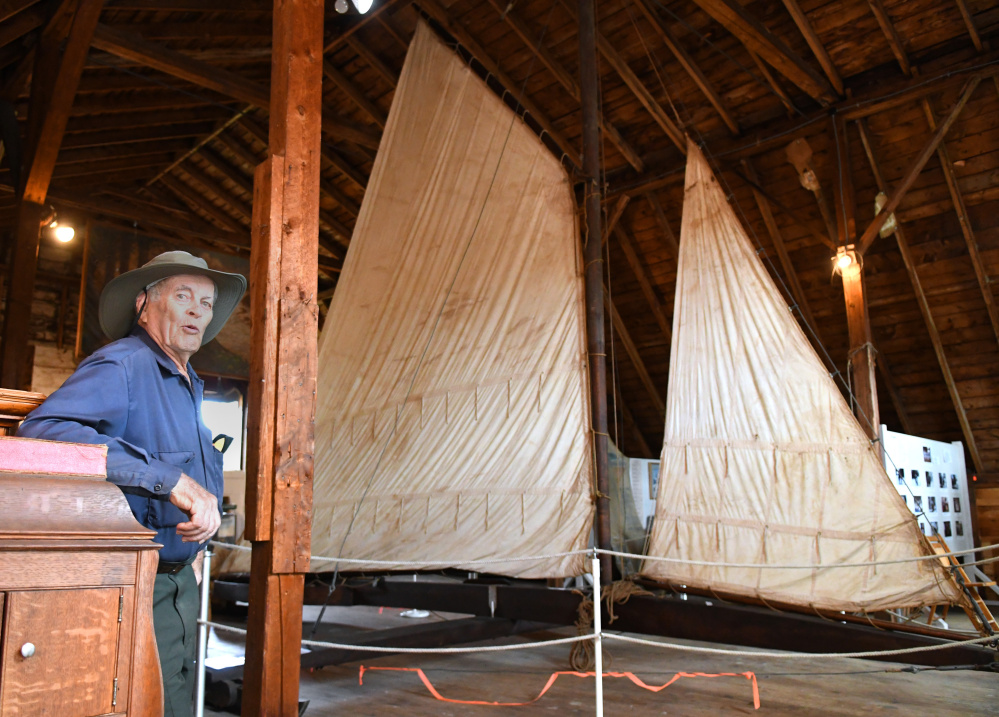
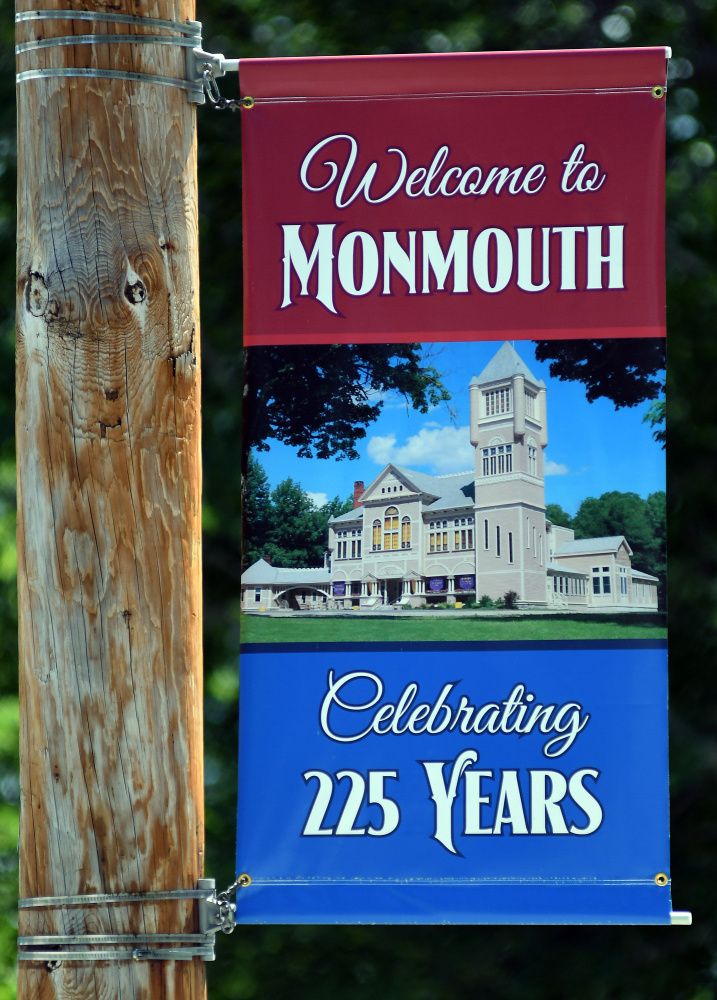
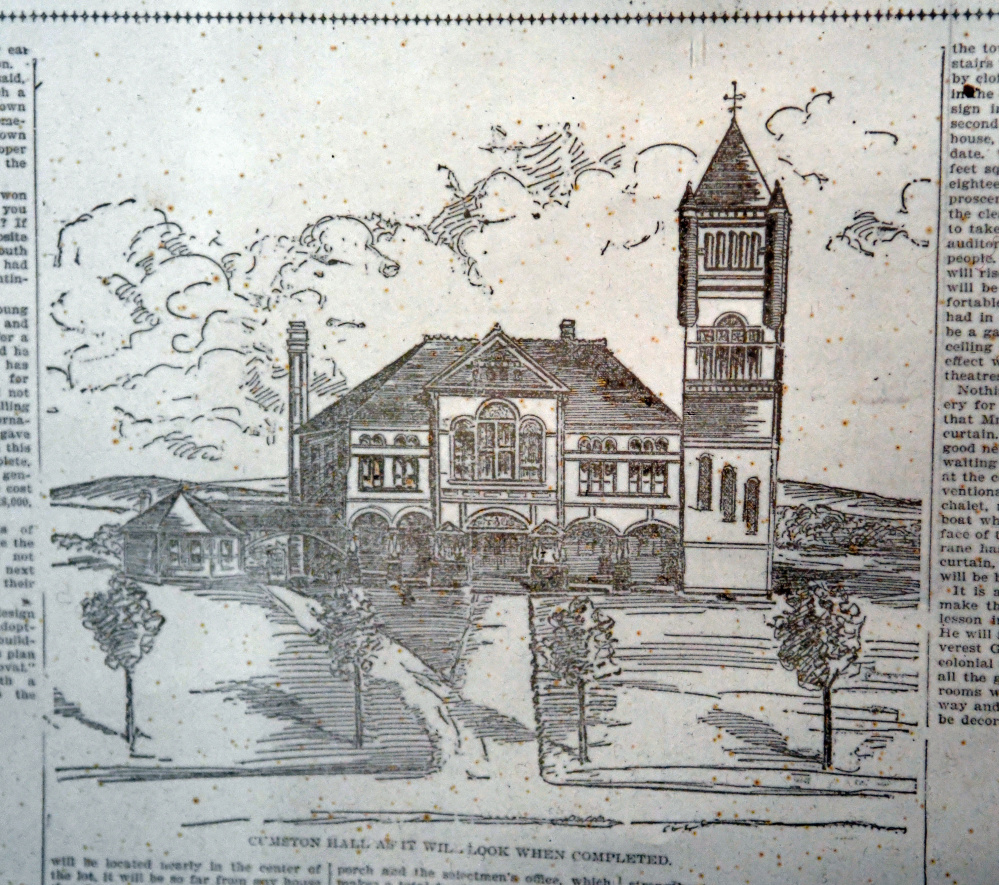
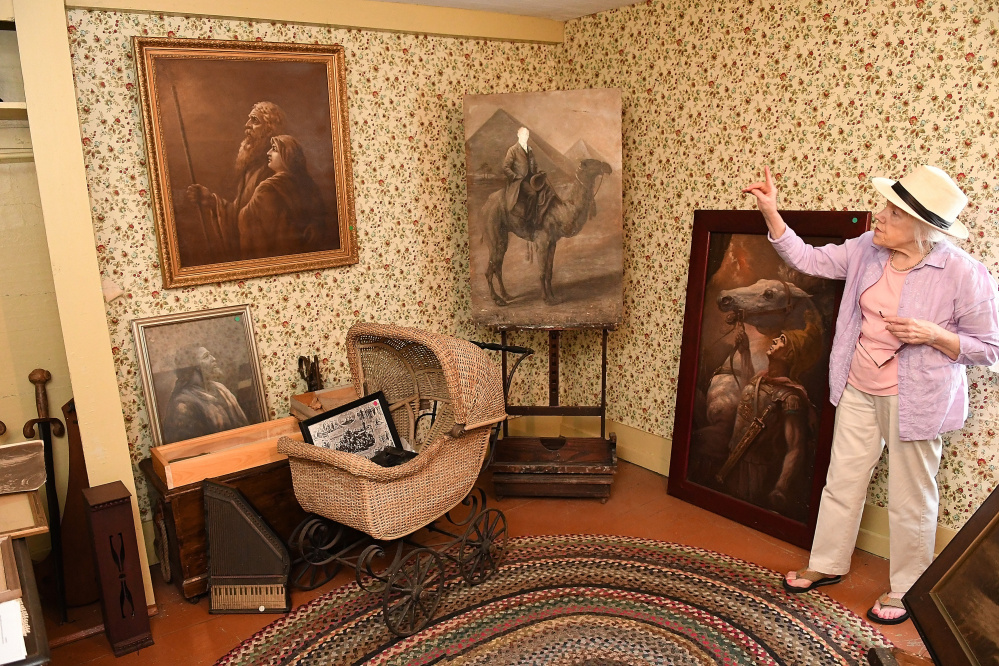
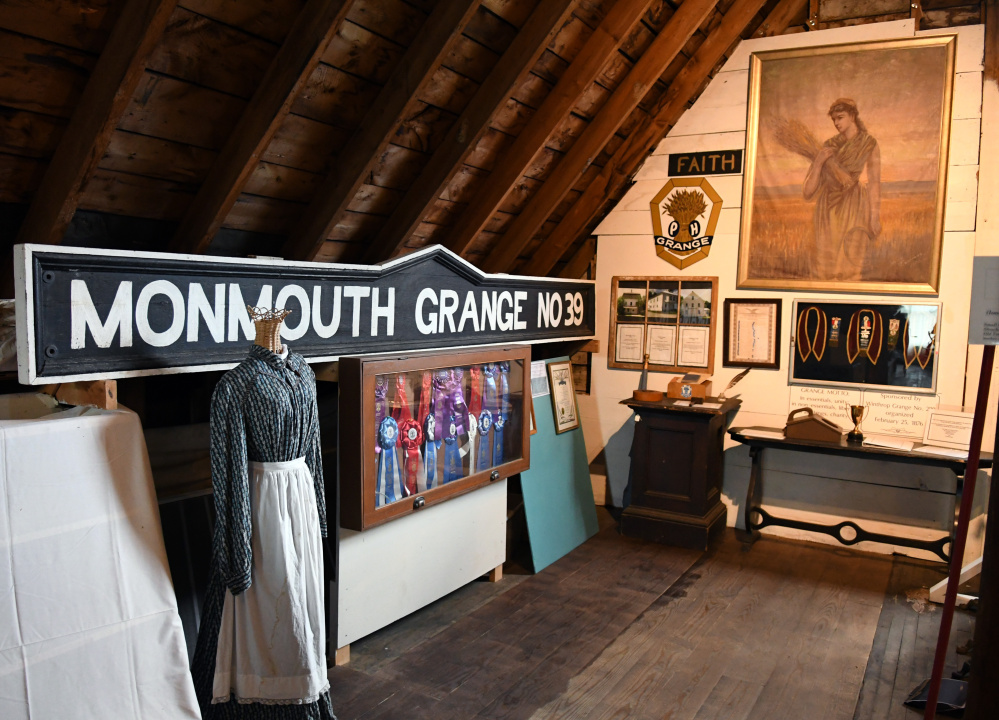
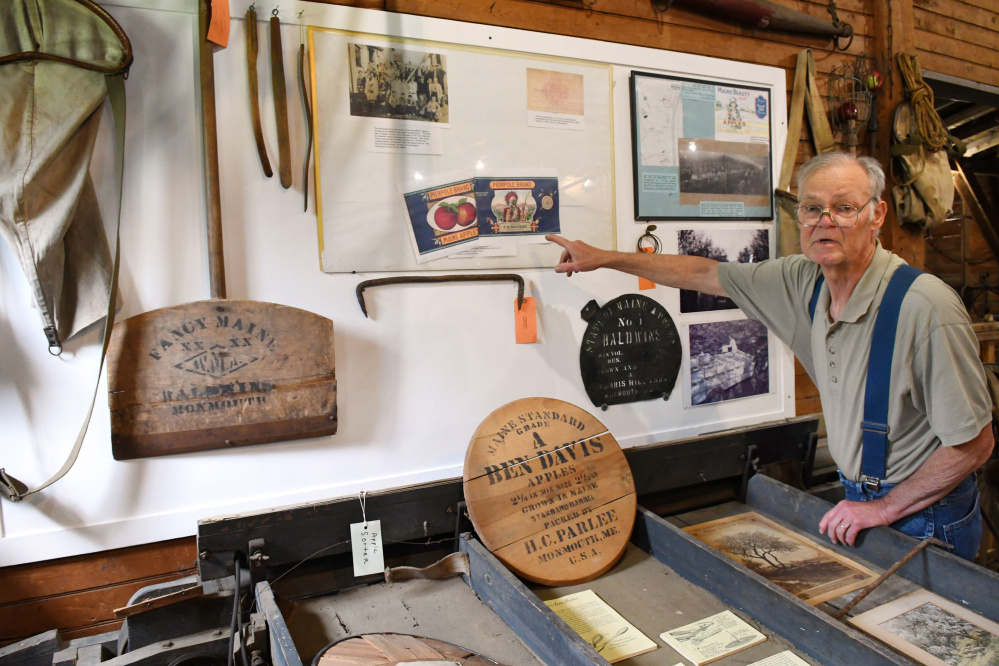
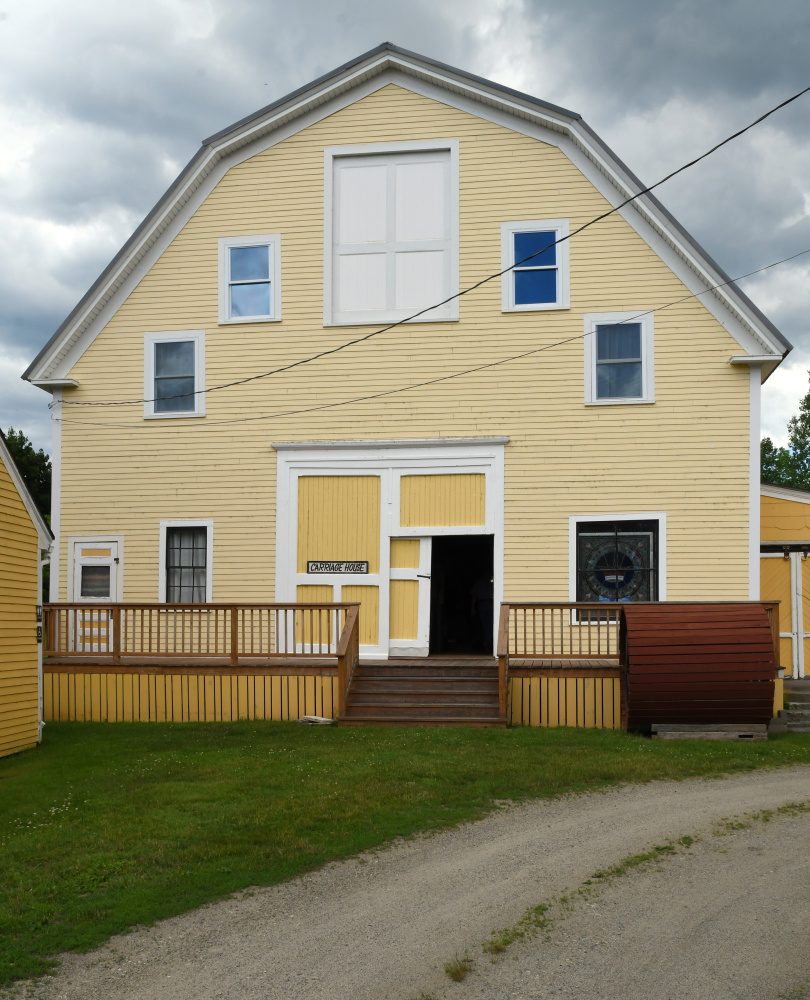
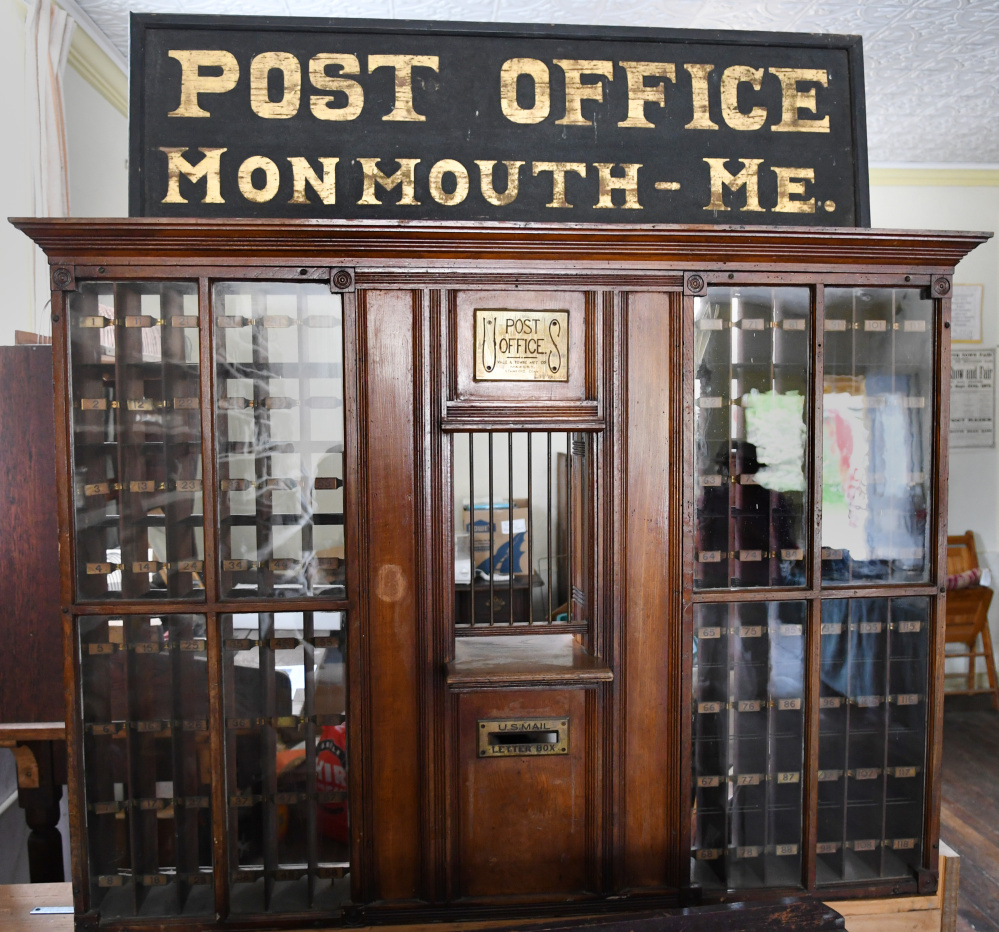
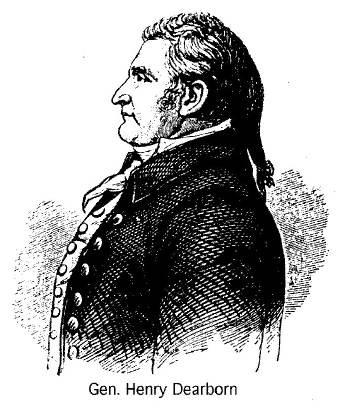

Success. Please wait for the page to reload. If the page does not reload within 5 seconds, please refresh the page.
Enter your email and password to access comments.
Hi, to comment on stories you must . This profile is in addition to your subscription and website login.
Already have a commenting profile? .
Invalid username/password.
Please check your email to confirm and complete your registration.
Only subscribers are eligible to post comments. Please subscribe or login first for digital access. Here’s why.
Use the form below to reset your password. When you've submitted your account email, we will send an email with a reset code.